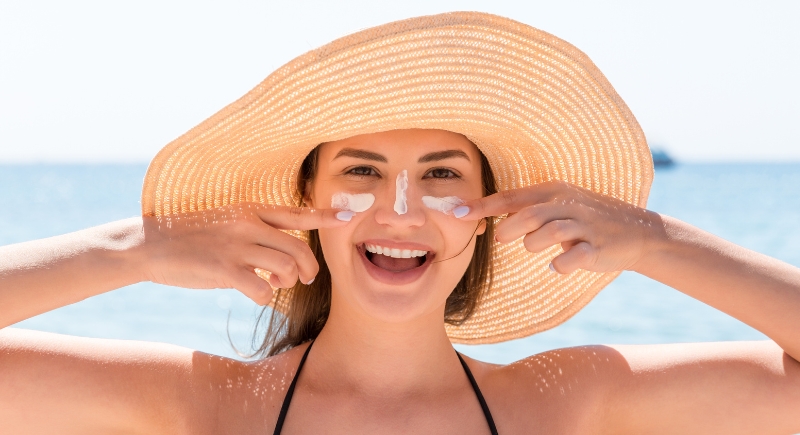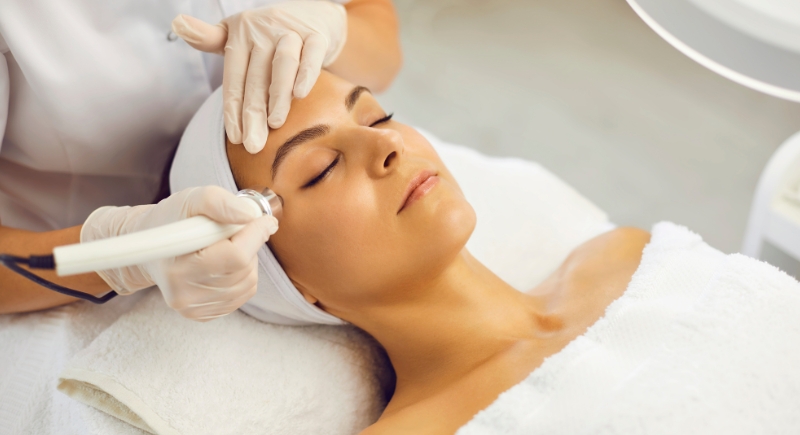The Hidden Factor That Made People in History Appear Older
Watch an old sitcom or teen drama from the 1970s or 1980s, and it’s easy to get confused. The characters may be written as high school students, but the faces staring back often look like they’re already dealing with car loans and office jobs. Interestingly, those actors usually weren’t much older than their characters; they just appeared that way.
The script has flipped compared to today. Many shows cast actors in their late twenties or early thirties as high schoolers, and audiences barely notice because they still look young enough to pull it off. That shift raises an interesting question: Why did people in the past come across as older, even when the math says they weren’t?
More Than Just Bad Haircuts

Image via Canva/mykolasosiukin
It’s tempting to blame the perms, mullets, and heavy moustaches, but that’s not all there is.
Scientists have shown that in the last few decades, people have actually grown biologically younger compared to their parents and grandparents at the same age. A study in the late 2010s found that Americans measured healthier by markers like blood pressure and lung function compared to people in the late 1980s.
That means a 40-year-old today may be the biological equivalent of someone who looked closer to 45 in the past. Better medical care, fewer smokers, and daily habits like wearing sunscreen explain part of that change.
The Role of Bias
There’s another layer that’s far less scientific and more psychological. When you look at someone dressed in 1970s polyester or rocking 1950s horn-rimmed glasses, your brain slots those looks into the “old” category because that’s what you associate with grandparents or older neighbors.
The fashion signals age, even if the faces underneath were only in their twenties. The same goes for facial hair and conservative clothing. In fact, photos of men in the 1800s with thick beards often reveal very youthful faces once you zoom in. Our minds link outdated looks with maturity.
Youth as a Modern Obsession

Image via Canva/Studio Roman
There’s also the cultural angle. Until a few decades ago, being taken seriously often meant looking like an adult as quickly as possible. Older generations didn’t chase youthfulness in the way modern culture does.
A fresh-faced college grad in the 1950s might have chosen clothes and hairstyles that made them appear older because maturity came with respect. That shifted heavily by the 1990s, when pop culture and advertising began to idolize staying young for as long as possible. Today, billion-dollar industries push skin care, cosmetic treatments, and even surgery to keep faces looking fresh.
So, Why Do Old Photos Shock Us?
The reasoning involves a mix of biology, style, and shifting values. People in the past often had tougher lives with more exposure to cigarettes, sunlight, and limited medical options. Fashion, too, tricks our brains into tagging youth as “old.” And yes, modern culture now pressures everyone to stay forever young.
When you compare those forces across decades, the gap feels massive, even if the difference between then and now is only a handful of years on paper.